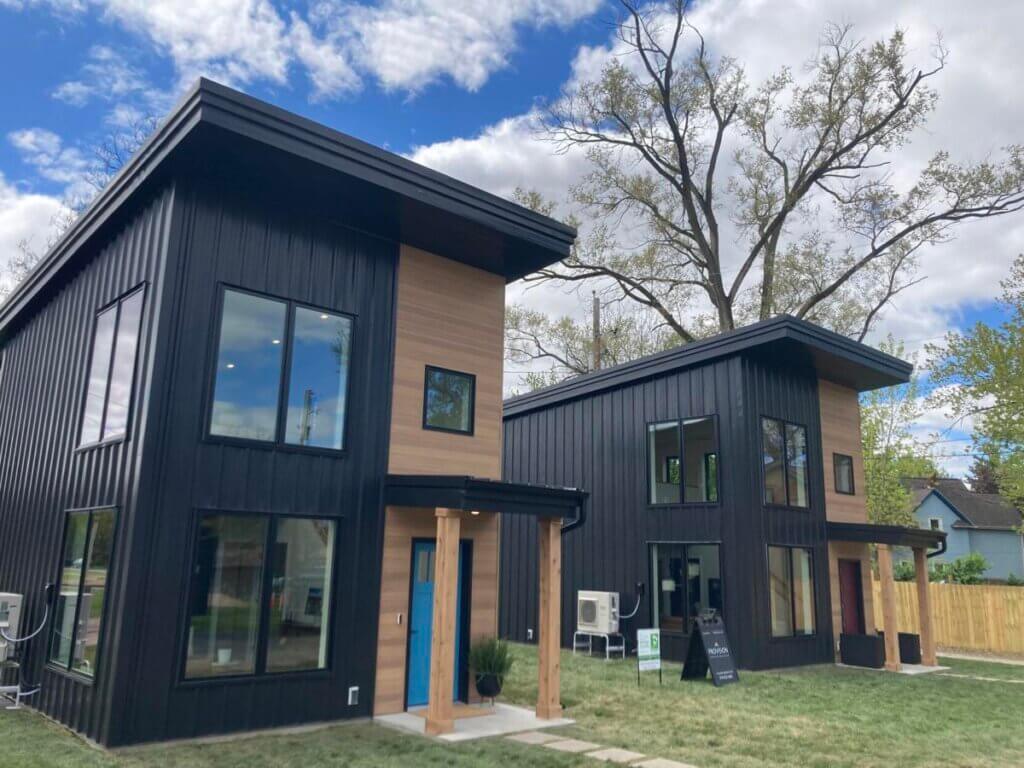Low-Income Housing Tax Credit Construction Costs: An Analysis of Prevailing Wages
Published On August 2, 2024
Since its founding, the Terner Center has conducted research to better understand the factors driving the costs of housing development, and has sought to identify policy solutions that can help to make housing more affordable. Our work on this topic includes research on the hard costs of construction, the costs and complexity of financing Low Income Housing Tax Credit (LIHTC) developments, impact fees, and industrialized construction. Building on this body of research, in late 2023, we began a new project to deepen our understanding of how cost drivers for LIHTC properties were changing over time, with the goal of publishing that report at the beginning of 2025. The project focuses on all cost drivers for subsidized housing, including impact fees, land and labor costs, and funding fragmentation. Unlike our earlier work which was limited to analysis of developments funded by the 9% LIHTC program, we were interested in updating the analysis to consider 4% LIHTC developments, as well as how acquisition/rehab projects differ from new construction.
In this paper, we present an extract of this larger project, focusing on what we are learning about the relationship between prevailing wages and construction costs. California policymakers are currently negotiating the terms of Assembly Bill (AB) 3190 which would change what types of projects in California are required to pay prevailing wages. In order to help inform these policy conversations and because data on costs for LIHTC projects are not easily accessible, we are sharing results from our forthcoming analysis in advance of the full paper. Low-Income Housing Tax Credit Construction Costs: An Analysis of Prevailing Wages presents that analysis, and makes it publicly available. The research methodology does not specifically adhere to the legislative parameters outlined in AB 3190.
As we have consistently emphasized in prior work, opting to pay prevailing wages is a policy choice with public advantages. However, prevailing wages are also associated with higher construction costs. If policymakers want to ensure the continued production of subsidized housing, either additional financial resources will need to be made available, cost-containment measures must be implemented, or a combination of both should be pursued.





